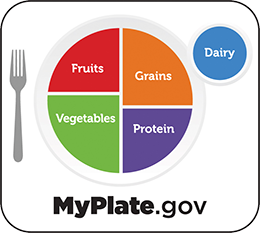The health and welfare of our consumers has always been an important issue for Goya. To show our commitment, we are collaborating with the USDA in 2011 and 2014 to promote MyPlate and the Spanish version MiPlato. Goya still offers Hispanic MyPlate recipes today.
Making food choices for a healthy lifestyle can be as simple as using these 10 tips.
1. Balance calories
Find out how many calories YOU need for a day as a first step in managing your weight. Go to www.ChooseMyPlate.gov to find your calorie level. Being physically active also helps you balance calories.
2. Enjoy your food, but eat less
Take the time to fully enjoy your food as you eat it. Eating too fast or when your attention is elsewhere may lead to eating too many calories. Pay attention to hunger and fullness cues before, during, and after meals. Use them to recognize when to eat and when you’ve had enough.
3. Avoid oversized portions
Use a smaller plate, bowl, and glass. Portion out foods before you eat. When eating out, choose a smaller size option, share a dish, or take home part of your meal.
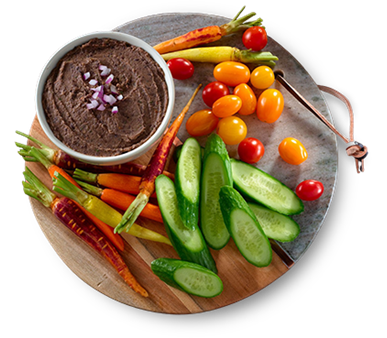
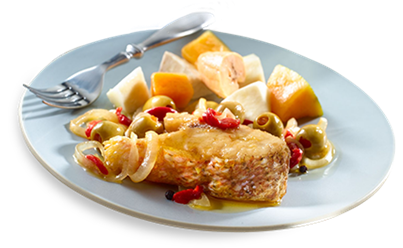
4. Foods to eat more often
Eat more vegetables, fruits, whole grains, and fat-free or 1% milk and dairy products. These foods have the nutrients you need for good health – including potassium, calcium, vitamin D in milk; and fiber in fruits, vegetables and legumes. Make them the basis for meals and snacks.
5. Make half your plate fruits & vegetables
Choose red, orange, and dark-green vegetables like red bell peppers, batata, and arugula or spinach, along with other vegetables like green beans for your meals. Add fruit to meals as part of main or side dishes like mango salsa or guava vinaigrette perfect for salads or make fruit as dessert.
6. Switch to fat-free or low-fat (1%) milk
They have the same amount of calcium and other essential nutrients as whole milk, but fewer calories and less saturated fat.
7. Make half your grains whole grains
To eat more fiber, choose whole grains or pseudo grains (like quinoa). Substitute a refined product for a whole- grain or whole pseudo grain product – such as eating brown rice instead of white rice; eating quinoa instead of couscous; whole grain corn tortillas instead of white bread or wholegrain oatmeal instead of sugary processed cereal.
8. Foods to eat less often
Cut back on foods high in solid fats, added sugars, and sodium. They include salad dressings, cakes, cookies, ice cream, candies, sweetened drinks, pizza, and high fat meats like ribs, sausages, bacon, and hot dogs. Use these foods rarely, not as everyday foods.
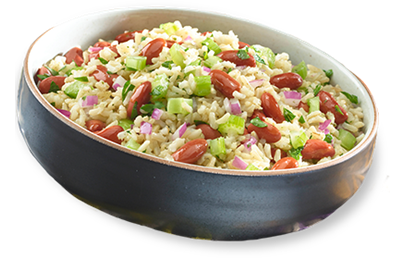

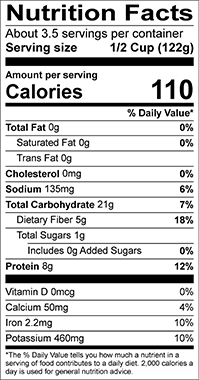
10. Drink water instead of sugary drinks
Cut calories by drinking water, sparkling water, unsweetened tea, or other unsweetened beverages. Soda, energy drinks, and sports drinks are a major source of added sugar, and calories, in American diets.
9. Compare sodium in foods
Use the Nutrition Facts label to choose lower sodium versions of foods like salad dressings, marinades, soups, broths, bread, and frozen meals. Select canned foods labeled “low sodium,” “reduced sodium,” or “no salt added.” Low sodium is 140mg sodium or less per serving. Reduced sodium is at least 25% less sodium than the original. No salt added means no salt was added means no salt was added during the processing, BUT it doesn’t mean sodium free the food still may contain sodium.
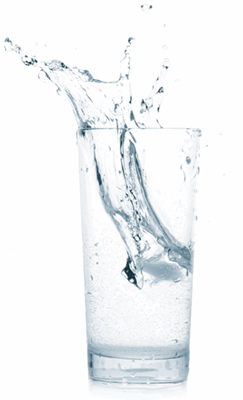
10. Drink water instead of sugary drinks
Cut calories by drinking water, sparkling water, unsweetened tea, or other unsweetened beverages. Soda, energy drinks, and sports drinks are a major source of added sugar, and calories, in American diets.


